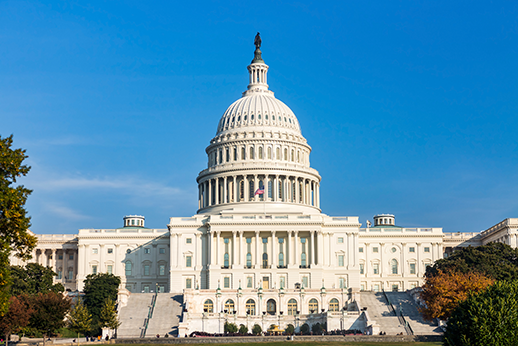
How Demographics Affect Medicare Costs
Alicia H. Munnell is a columnist for MarketWatch and senior advisor of the Center for Retirement Research at Boston College.
Baby Boomers Have Slowed Per Capita Costs.
Let me put my biases on the table. First, I like the Medicare program as currently structured and am delighted at any news that costs are growing more slowly. Second, changes were needed to the health care system to get costs under control, and I hope and expect the Affordable Care Act (ACA) to have a beneficial effect. But it seems a little early to attribute slowing of Medicare costs to the ACA, especially since the slowdown started several years ago. Moreover, I am intrigued by the impact of changing demographics on health care costs.
As the baby boom generation moves from under 65 to over 65, it will reduce per capita health care costs for both the working-age and the Medicare population. Since health care expenses rise with age, those approaching 65 are the most expensive members of the working-age group; moving large numbers of 65-year-olds out reduces per capita costs. Conversely, 65-year-olds are the cheapest members of the Medicare population, so moving large numbers of them into Medicare reduces per capita costs. The baby boom was born between 1946 and 1964; the first members of this very large cohort turned 65 in 2011 and more will do so each year. Thus, any analysis of either costs for the working-age population or the Medicare population must take the changing age composition of the population into account.
Both the Congressional Budget Office and the Center for Medicare and Medicaid Services (CMS) Office of the Actuary project historically slow growth in per capita Medicare costs. To provide a sense of the magnitude of the slowing, CBO projects that Medicare spending per beneficiary (after adjustment for inflation) will increase at an average annual rate of 1.5 percent between 2014 and 2024 compared to 4 percent between 1985 and 2007. (This calculation excludes the jump in spending that occurred in 2006 with the introduction of Medicare Part D, the prescription drug program.)
This slow growth is attributed to a number of factors. Interestingly, the CBO puts the impact of the influx of 65-year-olds on the average age of Medicare beneficiaries at the top of the list. The agency’s new projections also reflect the slow growth experienced in the last few years. And they include the effect of constraints on payment rates built into current law. However, one of these is a constraint on payment rates for physician services that has been overridden by legislation in every year since 2003. The other constraint comes from the ACA, which holds payments for Medicare services – apart from those to physicians – to about 1 percentage point less than inflation.
A 2013 analysis of the trend in Medicare costs prepared by the Office of the Assistant Secretary for Planning and Evaluation in Health and Human Services appears to put different weights on the factors contributing to the slowdown. The ACA is cited as the primary reason for the slow projected growth over the next ten years. Demographics are described as a “relatively small contributor.” Citing the CMS Office of the Actuary, the analysis reports that the changing age structure of Medicare beneficiaries will cause per capita costs to grow 0.2 percentage points more slowly over the next decade than they would have with a stable population.
In addition to the growth in the youngest age segment of the Medicare population, I wonder if other demographic changes could be occurring. For example, could new 65-year-olds be healthier than those in the past? The baby boom has had an enormous impact on every aspect of society as it has moved through. It wouldn’t surprise me if it also had a big impact on per capita Medicare spending.







